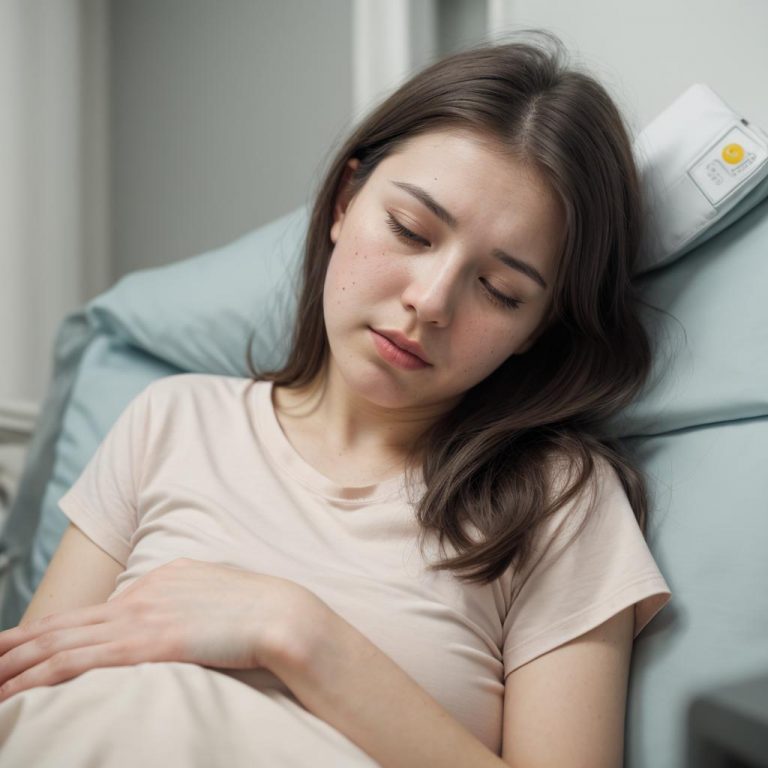
Mold allergy is a common condition that affects millions of people worldwide.
Mold is a type of fungus that thrives in damp and humid environments, such as bathrooms, kitchens, and basements. When mold spores are inhaled or come into contact with the skin, they can trigger an allergic reaction in sensitive individuals. In this article, we will explore the symptoms, causes, and treatment options for mold allergy.

Symptoms
The symptoms of mold allergy can vary from person to person but often include:
- Runny or stuffy nose
- Sneezing
- Coughing
- Watery or itchy eyes
- Skin rash or hives
- Wheezing or difficulty breathing
- Headache
- Fatigue
These symptoms may worsen in damp or moldy environments and may be more severe in individuals with asthma or other respiratory conditions.
Causes
Mold allergy occurs when the immune system overreacts to mold spores, treating them as harmful invaders. Risk factors for mold allergy include:
- Exposure to damp or moldy environments
- Family history of allergies
- Occupational exposure to mold, such as in agriculture or construction
- Weakened immune system
Certain types of mold, such as Alternaria, Cladosporium, and Aspergillus, are more likely to trigger allergic reactions.
Diagnosis
If you suspect you have a mold allergy, your doctor may recommend allergy testing. This can involve skin prick tests or blood tests to determine your body’s immune response to specific allergens, including mold spores.
Treatment
Treatment for mold allergy typically involves:
- Avoiding exposure to mold and damp environments as much as possible
- Using air purifiers or dehumidifiers to reduce mold spores indoors
- Taking over-the-counter or prescription antihistamines to relieve symptoms
- Using nasal corticosteroid sprays to reduce nasal inflammation
- Taking allergy shots (immunotherapy) to desensitize the immune system to mold allergens
Prevention
To prevent mold allergy symptoms, you can take several steps, including:
- Keeping indoor humidity levels below 50%
- Fixing leaks and water damage promptly
- Using exhaust fans in bathrooms and kitchens
- Cleaning and drying damp areas regularly
- Removing moldy materials, such as carpet or wallpaper
Mold allergy can cause uncomfortable symptoms but can be managed with proper treatment and prevention strategies. If you suspect you have a mold allergy, consult with your doctor for diagnosis and personalized treatment recommendations. By avoiding mold exposure and implementing preventive measures, you can reduce your risk of allergic reactions and improve your quality of life.



